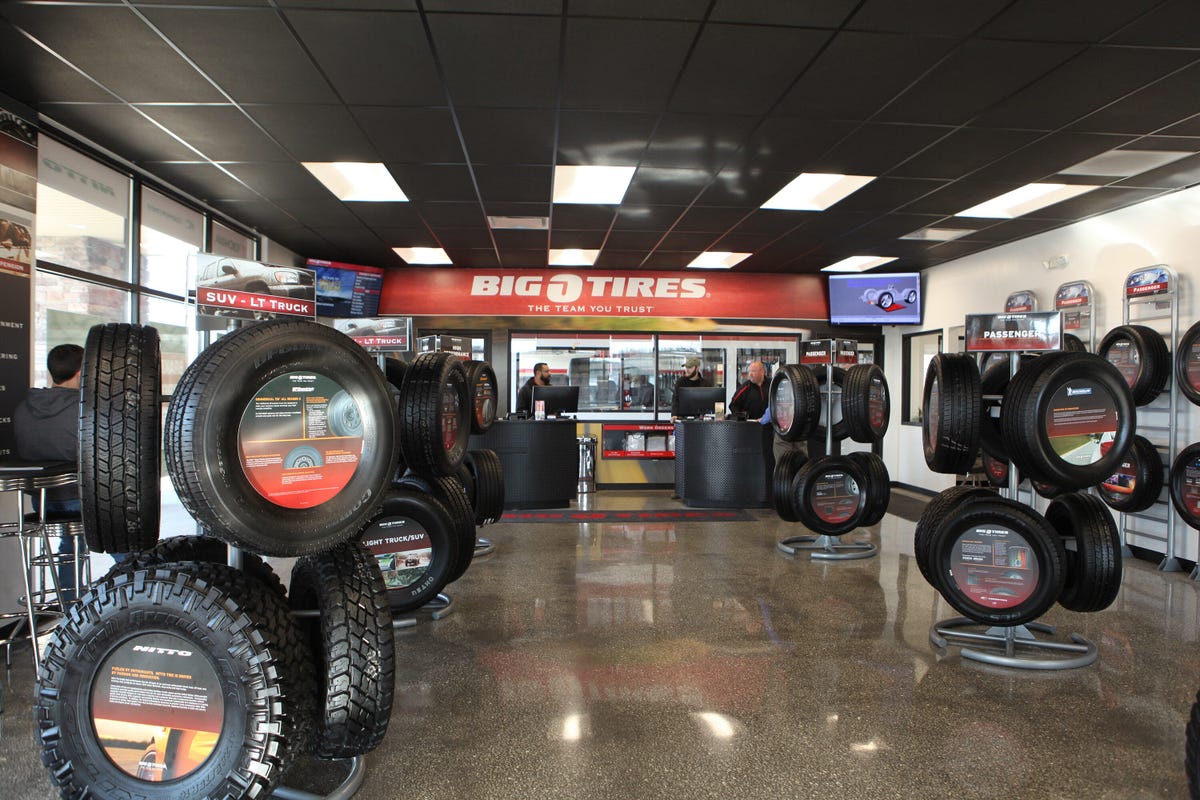Discover Top-Quality Tires Morris IL: Select the most effective for Your Automobile
Discover Top-Quality Tires Morris IL: Select the most effective for Your Automobile
Blog Article
Tire Service: Understanding Tire Stress Tracking Solutions
Understanding Tire Stress Tracking Equipments (TPMS) is an essential facet of preserving optimal automobile performance and safety on the road. With improvements in automotive technology, TPMS has actually ended up being a basic attribute in modern automobiles, providing real-time details on tire stress degrees.

Value of TPMS
The importance of Tire Pressure Surveillance Systems (TPMS) exists in their capability to improve vehicle safety and performance via real-time tracking of tire stress degrees. Keeping the right tire stress is crucial for making sure optimal handling, stopping, and total security of a car. TPMS gives drivers with prompt feedback on any kind of overinflated or underinflated tires, enabling timely changes to be made.
Components of TPMS
Comprising various crucial aspects, a Tire Pressure Tracking System (TPMS) works as an advanced safety and security feature in contemporary vehicles. The major parts of a TPMS include sensors, a control component, and a caution indicator. Sensors are commonly located in the tire valve stem or connected to the wheel setting up, where they gauge tire pressure and send information to the control component. If it spots significantly low stress in any of the tires, the control module procedures this details and triggers a warning. The caution indicator, typically a sign on the dashboard, alerts the motorist to check the afflicted tire or tires. Some advanced TPMS versions also display the real tire stress readings for every tire, supplying motorists with real-time info to ensure optimum tire performance and security. By keeping track of tire pressure continually, TPMS assists prevent accidents, reduces tire wear, and boosts gas effectiveness, making it a critical component for lorry security and performance.
Kinds of TPMS

On the other hand, indirect TPMS depends on the vehicle's wheel speed sensors to monitor tire pressure. This system spots underinflation by contrasting the rotational rates of the wheels. Indirect TPMS is much less costly than direct TPMS, as it makes use of existing sensing units within the vehicle.
While straight TPMS offers extra exact readings, indirect official site TPMS is easier in style and normally requires much less upkeep. Both systems have their advantages and restrictions, and the selection in between them often depends upon variables such as expense, lorry make, and personal choice. Understanding the distinctions in between these two sorts of TPMS can aid vehicle owners make notified choices relating to tire upkeep and safety.
TPMS Upkeep Tips
Conduct regular checks on the tire stress degrees and contrast them with the TPMS readings to guarantee they are constant. Throughout tire rotation or replacement, make sure that the TPMS elements are dealt with very carefully to stop any type of prospective damages. If the TPMS warning light brightens on the control panel, attend to the concern promptly by examining the tire pressures and the total system for any kind of mistakes.
Benefits of Appropriate Tire Pressure
Maintaining appropriate tire pressure, as emphasized in TPMS Upkeep Tips, is essential for gaining the numerous advantages connected with optimal tire stress degrees. One of the key advantages of maintaining the appropriate tire pressure is boosted gas efficiency. When tires are correctly inflated, there is less rolling resistance, resulting in better fuel economic situation. In addition, correct tire stress guarantees also tire wear, extending the life expectancy of the tires and promoting much safer driving problems. With the appropriate tire stress, automobiles also have better handling and grip, specifically in negative climate conditions. This can enhance overall driving performance and safety and security for the driver and guests. Keeping optimal tire stress can add to a smoother and more comfy trip by lowering resonances and noise caused by underinflated tires. Finally, the advantages of proper tire pressure surpass just tire long life; they include enhanced fuel efficiency, boosted safety and security, better lorry performance, and total driving comfort.
Conclusion
To conclude, understanding tire stress tracking systems (TPMS) morris tire and alignment is important for keeping ideal tire pressure and guaranteeing vehicle security. By identifying the importance of TPMS, being acquainted with its components, knowing the different kinds offered, adhering to proper maintenance pointers, and recognizing the advantages of keeping correct tire pressure, vehicle drivers can improve their driving experience and extend the Visit This Link lifespan of their tires. Appropriate tire pressure is essential to secure and reliable vehicle operation.

Report this page